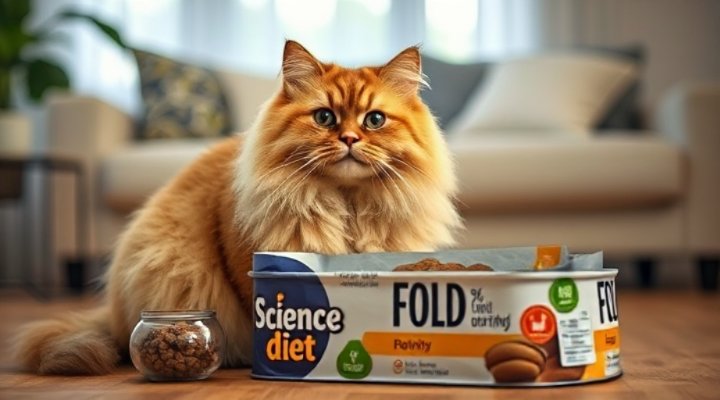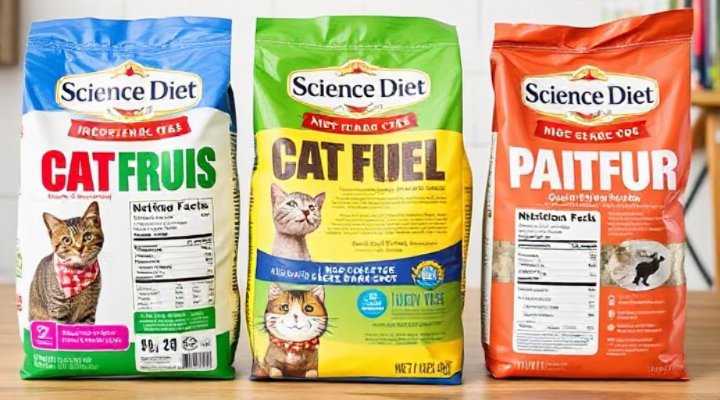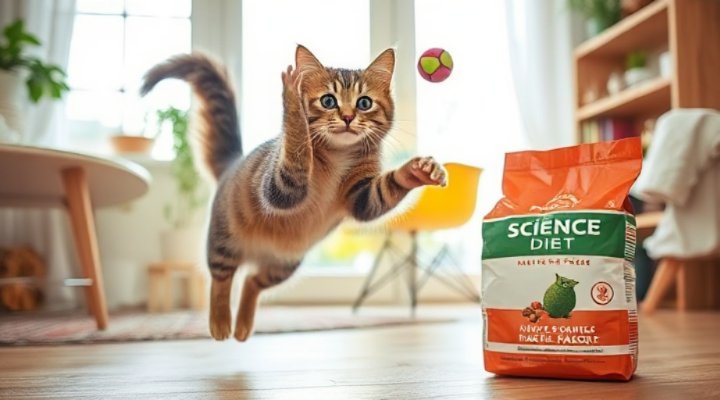Choosing the right science diet cat food for indoor cats is more than just picking a brand off the shelf. Indoor cats have unique dietary needs that differ from their outdoor counterparts. For instance, they tend to be less active, which means they require fewer calories but still need high-quality protein to maintain muscle mass. Above all, the right nutrition can prevent obesity and other health issues.

When I first adopted my cat, Whiskers, I was overwhelmed by the variety of cat food options available. However, after consulting with my vet, I learned that science diet cat food for indoor cats is specifically formulated to meet their needs. Most importantly, it contains the right balance of nutrients to support their health.
Why Indoor Cats Need Specialized Science Diet Cat Food
Indoor cats live a different lifestyle compared to outdoor cats. They are generally less active, which means they burn fewer calories. Consequently, they are at a higher risk of becoming overweight. That is to say, a science diet cat food for indoor cats is designed to provide all the essential nutrients without excess calories.

Moreover, indoor cats often groom more frequently, leading to hairballs. A good science diet cat food includes fiber to help reduce hairballs. For example, some brands incorporate natural fibers like beet pulp or psyllium husk. Additionally, these foods often contain antioxidants to support a healthy immune system, which is crucial for indoor cats exposed to less varied environments.
Key Ingredients to Look for in Science Diet Cat Food
Not all cat foods are created equal. When selecting a science diet cat food for indoor cats, it’s important to check the ingredient list. Firstly, look for high-quality protein sources like chicken, turkey, or fish. Protein is essential for maintaining lean muscle mass.

Secondly, ensure the food includes healthy fats, such as omega-3 and omega-6 fatty acids, which promote a shiny coat and healthy skin. Furthermore, fiber is another critical component. As mentioned earlier, it helps with hairball control and digestion. Lastly, avoid foods with excessive fillers like corn or wheat, which offer little nutritional value.
How to Transition Your Cat to a New Science Diet Food
Switching your cat’s food abruptly can cause digestive upset. Therefore, it’s best to transition gradually over 7-10 days. Start by mixing a small amount of the new science diet cat food with their current food. Gradually increase the proportion of the new food while decreasing the old one.
For more tips on transitioning your pet to new food, check out our practical guide. Remember, patience is key. Some cats may take longer to adjust, but the effort is worth it for their health.
Portion Control and Feeding Schedule
Even the best science diet cat food for indoor cats won’t be effective if overfed. Portion control is vital to prevent obesity. Most brands provide feeding guidelines based on your cat’s weight and age. However, these are just starting points. Adjust portions based on your cat’s activity level and body condition.

For instance, Whiskers is a bit lazy, so I feed him slightly less than the recommended amount. On the other hand, if your cat is more active, you might need to increase the portion. Regularly monitor your cat’s weight and consult your vet if you’re unsure.
Recommended Science Diet Cat Food Brands
There are several reputable brands that offer excellent science diet cat food for indoor cats. Here are a few top picks:
- Hill’s Science Diet Indoor Cat Food: Formulated with natural fibers for hairball control and optimal weight management.
- Royal Canin Indoor Adult: Contains a blend of antioxidants and prebiotics for digestive health.
- Purina Pro Plan Indoor Care: High in protein and low in fat, perfect for less active cats.
For more detailed reviews, you can visit the FDA’s pet food guidelines to ensure you’re making an informed choice.
Final Thoughts
Choosing the right science diet cat food for indoor cats is a crucial step in ensuring your feline friend’s long-term health and happiness. By focusing on high-quality ingredients, proper portion control, and a gradual transition, you can provide the best nutrition for your cat. Remember, every cat is unique, so don’t hesitate to consult your vet for personalized advice.
For more tips on cat care, explore our related articles on indoor cat nutrition.

